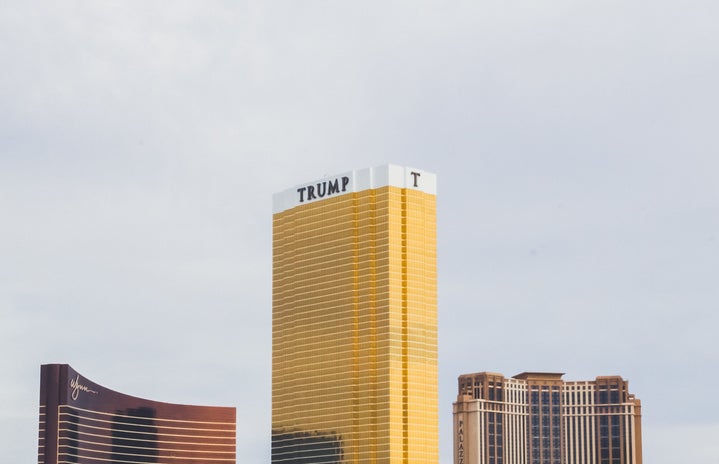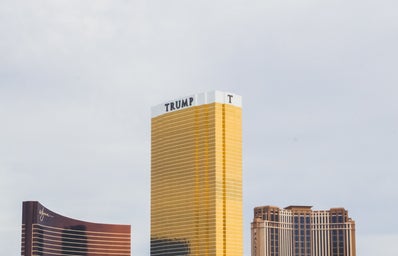It has been a few weeks since President-elect Donald Trump’s shocking win in the 2016 presidential election was announced. The nation has had some time to process what a Trump presidency might mean for America, including reformed health care, deportation of undocumented immigrants with criminal backgrounds, and the infamous wall between the United States and Mexico.
The result has caused numerous tensions to rise and even resulted in vicious targeted attacks on certain populations. Since November 9th, many accounts on social media have shared their experiences of what it is like to be a minority in Trump’s America. People have taken to the Internet to share stories about how black Americans have been told to sit in the back of buses, female Muslim-Americans are not wearing hijabs to protect themselves from harrassment, and even an instance in which a boy grabbed a 10-year-old girl’s vagina in school because, “If a president can do it, I can too.”
As awful as these events have been, why don’t people talk as much about what Asian-Americans have faced since Trump won the election?
2016 was a critical year for the Asian-American vote. Democratic candidate Hillary Clinton had a major campaigning event that focused on the issues of Asian and Pacific Islander Americans. Donald Trump and the Republican Party had Sikh-American supporters at their National Convention and highlighted the importance of the Asian-American vote. As Election Day came closer, both parties exerted huge efforts to reach out to Asian-Americans. They competed for the Asian-American vote in swing states such as Nevada (which went to Clinton) and Pennsylvania (which went to Trump) that could have pushed either one of them to victory.
In the end, the majority of the AAPI (Asian American Pacific Islander) votes went to Hillary Clinton (75%) and 19% went to Trump.
Asian-Americans wanted and had a critical voice in this year’s elections, so why isn’t anyone talking about what the AAPI population has been through so far in Trump’s America?
Take Kathy Mirah Tu, for example—an Asian-American women living in Minnesota who was arrested for attacking a Trump supporter who had told her to “go back to Asia.” In her Facebook post (which has since been deleted), she describes being verbally harrassed by a white man while walking on the street, surrounded by his friends. He accused her of being accepted into the University of Minnesota because of her race (through affirmative action, or “positive discrimination”) and claimed she was “too easy.” The man taunted her to fight and when she did (by punching him in the throat), his friends called the police and she was let off with a warning.
Often times, the struggles of Asian-Americans are overlooked in the greater scheme of things. The model-minority myth states that Asian-Americans are good, non-troublemaking citizens who follow the law and do as they’re told. In other words, Asian-Americans don’t face the same hardships other minority groups like black Americans, gays, or Muslims do…
Which is absurdly wrong.
It’s no secret that the voice of Asian-Americans isn’t heard as much as other voices, but these past few years have been a pivotal turning point in justice for Asian-American suffering. The Asian-American voter turnout increased this presidential election because they want to be heard and they won’t just go along with what’s given to them. So now that more Asian-Americans are putting themselves out there, why are people still not listening to them?
Check out this article by blogger David Yi about what it’s like to be dehumanized as an Asian-American; it’s worth the read.



